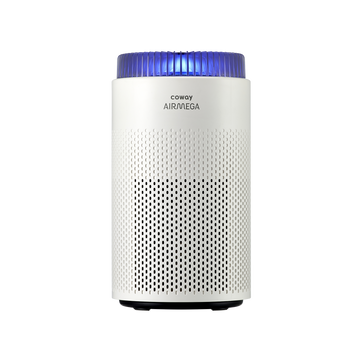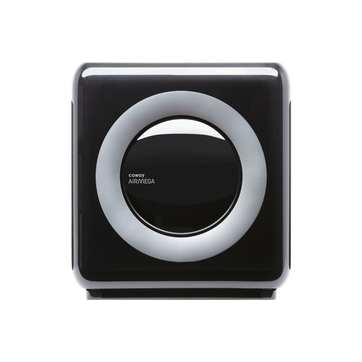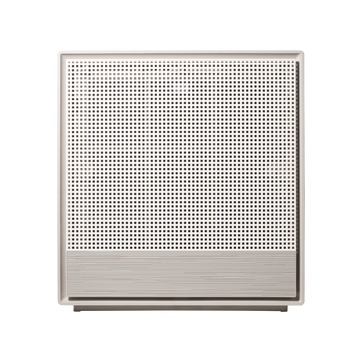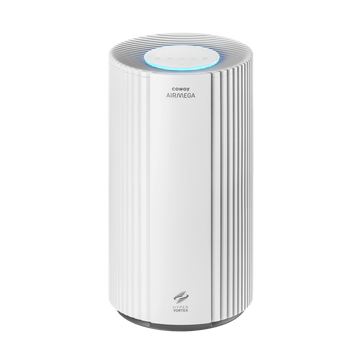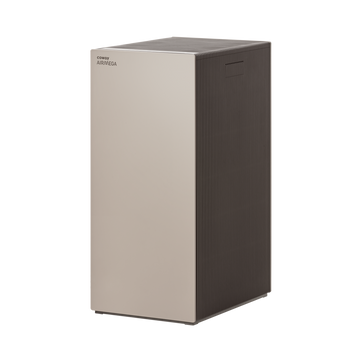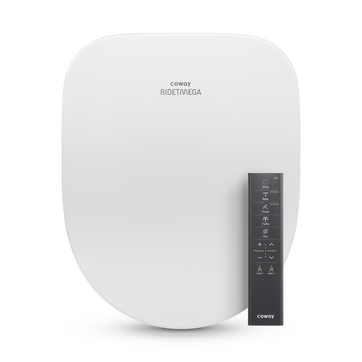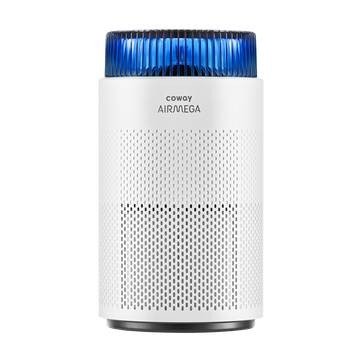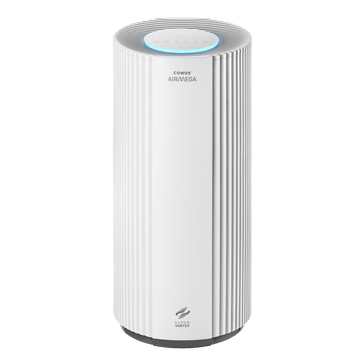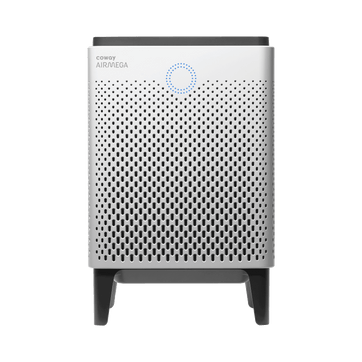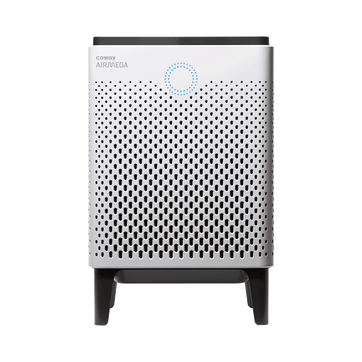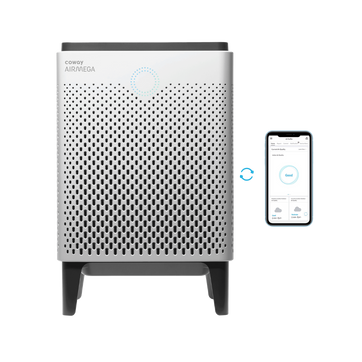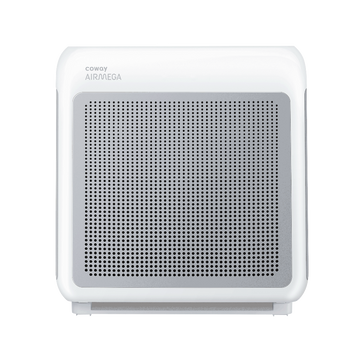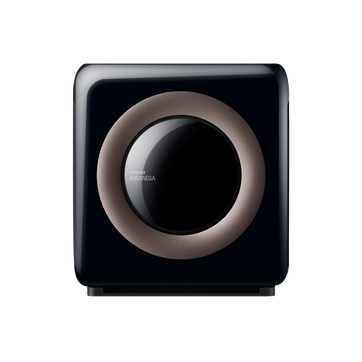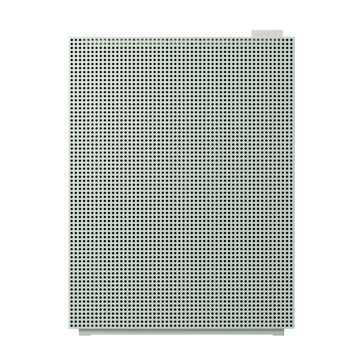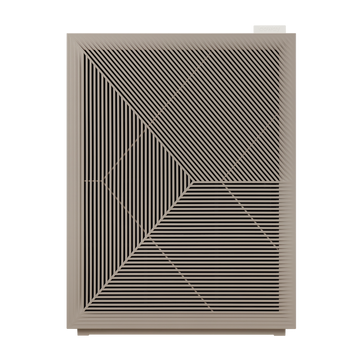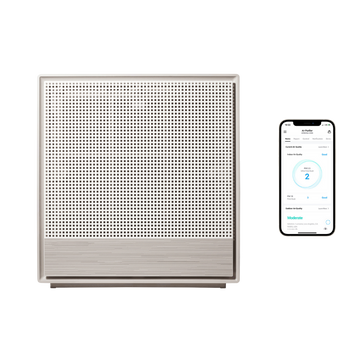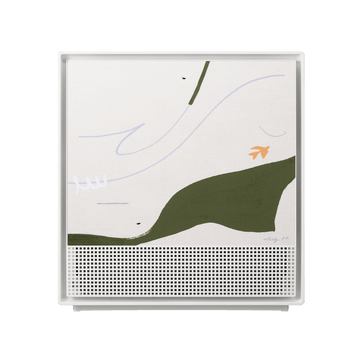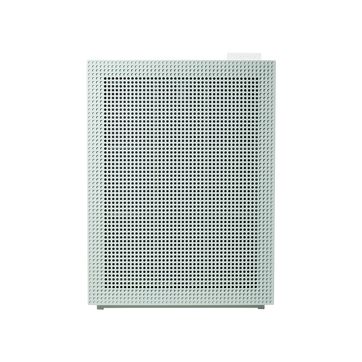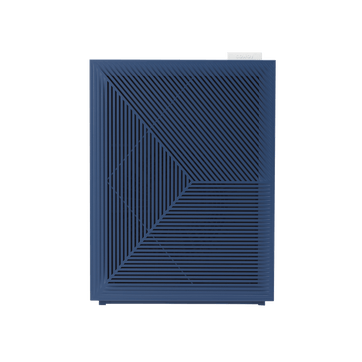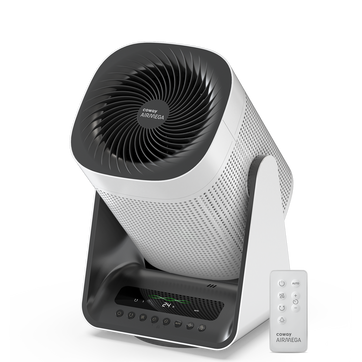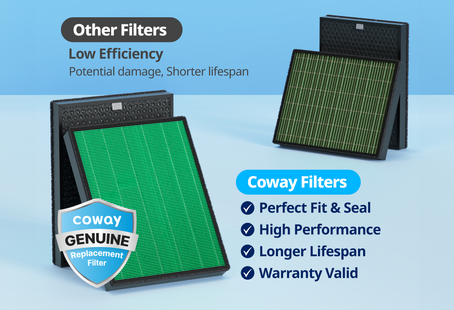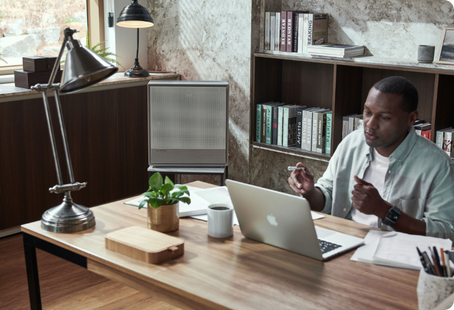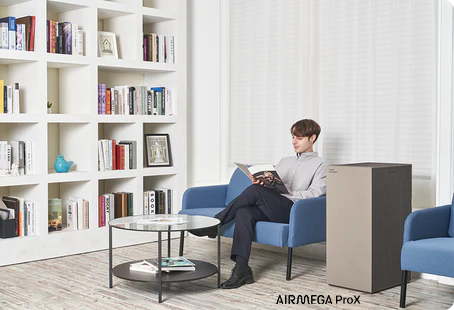
How Do You Use a Bidet?
Introduction: Why Bidets Are Gaining Popularity
Although bidets have been a standard feature in bathrooms across Europe, Asia, and the Middle East for decades, they are still relatively new to many households in North America. Recently, however, a cultural shift has begun to take place. More people are recognizing the advantages of using a bidet for daily hygiene, especially as awareness about sustainability, personal care, and modern bathroom technologies increases. The pandemic even played a role in accelerating this change, as toilet paper shortages prompted consumers to consider alternative methods of cleansing.
The idea of cleaning oneself with hot or cold water rather than dry paper appeals to many once they try it. Yet despite its benefits, the proper way to use a bidet is still wrapped in unfamiliarity and even discomfort for some. Much of that hesitancy stems from a lack of information. Because it deals with the most private aspects of personal care, the topic tends to remain private as well. But embracing open conversation around bidets, including freestanding bidets, can lead to improved hygiene, reduced irritation, and even lower environmental impact.
For those just beginning to explore what a bidet is and how to use a bidet, this article answers the most frequently asked questions.
What Exactly Is a Bidet and How Does It Work?
A bidet is a bathroom fixture or toilet attachment designed to clean your genital and anal areas after using the toilet. Traditionally, a bidet was a separate low sink installed beside the toilet, but today, modern bidets come in various forms: attachments, handheld bidet sprayers, and high-tech toilet seats. The most popular models in North America are bidet toilet seats, like the Coway Bidetmega 200, which are installed directly onto your existing toilet.
The mechanism is simple but effective. Once you’ve finished using the toilet, you remain seated and activate the bidet spray using a side panel or remote control. The bidet then releases a stream of hot water from a retractable nozzle to cleanse the area. Many models offer adjustable settings for water pressure, temperature, and even hot water, nozzle position, and oscillating spray options. After the rinse, some bidets also provide a warm air drying feature, eliminating the need for toilet paper altogether. Smart bidets like the Bidetmega 200 elevate the experience with user presets and automatic nozzle cleaning, ensuring both comfort and sanitation.
Types of Bidets Explained
Bidets are not one-size-fits-all, and with various styles available on the market, choosing the right one can be an important decision. Standalone bidets are common in European countries and are usually installed next to a regular toilet. They resemble a low sink or basin and are used by straddling or sitting on them after using the toilet. These are often found in older homes or luxury bathrooms but require additional plumbing and space.
Handheld Bidet Spray Nozzle
Bidet attachment are simple, cost-effective devices that install under your existing toilet seat. They don’t require electricity and use water pressure from your plumbing system. These models are popular with budget-conscious users or renters. Handheld bidet sprayers, similar in design to kitchen sink sprayers, allow for more manual control of the water flow and are especially common in Southeast Asia. They are easy to install and versatile in their use.
Electric Toilet Seat
Electric bidet toilet seats, like the Coway Bidetmega 200, are becoming the gold standard for modern bathrooms. They offer features such as heated seats, customizable wash settings, deodorizing functions, and built-in dryers. These units require an electrical outlet but deliver the most luxurious and hands-free bidet experience. Understanding the different types of bidets helps buyers make informed decisions based on their bathroom setup, preferences, and budget.
Step-by-Step: How to Use a Bidet Properly
If you've never used a bidet before, it can be intimidating—but once you try it, the process becomes second nature. Start by using the toilet as you normally would. Whether you urinate, have a bowel movement, or both, simply remain seated when you're finished. On most bidet models, especially electric bidet seats, you’ll find a control panel located on the side or a remote control within reach. This panel allows you to activate and customize the bidet functions.
Next, press the wash button to release the cleansing stream. You can adjust the water pressure to your comfort level—many people start with the lowest setting and gradually increase it over time. If your bidet has temperature settings, you can choose cold water or a comfortable warmth for a more soothing experience. The nozzle will position itself beneath you and begin the wash cycle. Some bidet features also allow you to select a rear wash, front wash, or both, depending on your needs.
The spray typically lasts for 20 to 60 seconds. Once the cleaning cycle ends, you have the option to dry using built-in air drying features or a small amount of toilet paper to pat dry. Some users choose to remain seated for an additional moment to allow the drying cycle to complete. That’s it—you’re clean, refreshed, and ready to go about your day.
In addition to adjusting the wash settings, many bidet seats include built-in seat warmers and motion sensors that activate when you sit down. These features add a layer of comfort that surprises new users. For example, the Coway Bidetmega 200 includes a heated seat with adjustable temperature levels, making it ideal for cold mornings. Some models also feature ambient night lights for easy navigation in the dark and deodorizing filters that help keep the bathroom fresh.
These seemingly small touches enhance the experience and contribute to the feeling that a bidet is more than a tool—it’s a bathroom upgrade that can also encourage users to wash hands regularly . Once accustomed to these amenities, many users find it hard to return to standard toilet setups.
What Does Using a Bidet Feel Like?
Many first-time users are curious—and sometimes nervous—about what a bidet actually feels like. In truth, the experience is gentle, refreshing, and surprisingly natural. The stream of water can be customized in temperature, pressure, and position, allowing each person to adjust the sensation to their comfort level. For most, the initial unfamiliarity fades after just a few uses, often replaced with a sense of improved cleanliness that toilet paper can’t provide.
Unlike abrasive wiping, a bidet wash can soothe sensitive skin and reduce irritation, especially for people dealing with conditions like hemorrhoids, IBS, or postnatal healing. The feeling is often compared to a quick rinse in the shower—a neutral and clean sensation that becomes second nature. With repeated use, many find the bidet experience not only more effective, but also far more comfortable than traditional wiping.
Do You Need Toilet Paper with a Bidet?
While traditional bathroom routines rely entirely on toilet paper, bidets significantly reduce—if not eliminate—the need for it. The cleansing water does the bulk of the cleaning work. For those using bidets with built-in drying functions, there may be no need for toilet paper at all. This not only offers environmental benefits by reducing paper waste but also cuts down on monthly household expenses.
That said, some people still choose to use a small amount of toilet paper to pat themselves dry. This is usually out of habit or for additional assurance, especially when first transitioning to using a bidet. Even in these cases, toilet paper usage is drastically reduced. Instead of several sheets, you might only need one or two. Over time, many users find they no longer need toilet paper at all and enjoy the added hygiene of a water-based clean.
Should You Use Soap with a Bidet?
One of the most commonly asked questions from first-time users is whether soap is necessary when using a bidet. The answer depends largely on personal preference and individual skin sensitivity. Generally, the water pressure from a bidet is sufficient to remove residue and leave you feeling clean. Many healthcare professionals even advise against using soap on sensitive areas due to the potential for irritation or disruption of the natural skin microbiome.
However, some users prefer to use a gentle, fragrance-free soap for added cleanliness, especially during menstruation or after physical activity. If you do choose to use soap, be sure it is designed for intimate use—harsh soaps can lead to dryness or discomfort. For those with particularly sensitive skin or conditions like eczema, a gentle bidet spray or water alone may be the healthiest option. High-end bidets, such as the Coway Bidetmega 200, are designed with this in mind, offering feminine wash settings that use a gentler stream and optimal pressure for comfort and safety.
Are Bidets Hygienic and Sanitary?
Bidets are not only hygienic—they're often more sanitary than toilet paper alone. Using water to cleanse is more effective at removing waste than dry wiping, which can leave behind residue and cause skin irritation. For individuals prone to infections, irritation, or inflammation, bidets can provide much-needed relief, but not everyone may be aware of this . Medical experts and dermatologists frequently recommend bidet use for patients with hemorrhoids, postpartum discomfort, or mobility challenges.
High-tech bidets further enhance hygiene through features like self-cleaning nozzles, UV sterilization, and antimicrobial seat materials. These built-in safeguards ensure that the bidet stays clean between uses. Some models automatically retract the nozzle after each wash, then perform a rinse cycle with clean water. This means the part of the bidet that touches you never comes into direct contact with waste.
Do Bidets Help With Health Conditions?
Absolutely. Bidets can be a game-changer for people with certain health conditions. For those with hemorrhoids, using a bidet eliminates the friction of wiping, which can exacerbate discomfort and bleeding. The gentle stream of warm water soothes inflamed areas and promotes healing. Similarly, people recovering from surgery or childbirth may find bidets a much more comfortable and hygienic alternative to wiping.
Individuals with irritable bowel syndrome (IBS), diarrhea, or constipation also benefit from bidets. Frequent wiping can lead to raw, irritated skin. Bidets provide relief by cleansing thoroughly and gently every time. People with mobility issues, arthritis, or other physical limitations often find bidets essential for maintaining independence in personal hygiene. In these cases, using a bidet can dramatically improve quality of life and restore confidence.
Are Warm Water Bidets Compatible With All Bathrooms?
One concern for potential buyers is whether a bidet can be installed in their bathroom. The answer is yes—for the most part. Many bidet models, particularly bidet seats and attachments, are designed to work with standard two-piece toilets. These units replace your existing toilet seat and connect to the water supply with a simple T-valve. The entire process can often be completed in under an hour using basic tools.
More advanced bidet seats may require access to an electrical outlet, especially those with heated seats, warm water tanks, or air dryers. If your bathroom doesn’t already have an outlet near the toilet, you might need to hire an electrician to install one. For renters or those seeking a no-fuss solution, non-electric bidet attachments and handheld sprayers are viable alternatives. These options offer many benefits of a bidet with minimal installation requirements.
Do Bidets Work with Septic Systems?
A common myth is that bidets aren’t compatible with septic systems, but the opposite is true. Because bidets drastically reduce the amount of toilet paper flushed down the toilet, they can actually improve septic system performance. Less paper means fewer clogs, lower strain on your plumbing, and more efficient waste breakdown in the septic tank.
Experts in home maintenance and plumbing, including contractors at BuildDirect, note that households with septic systems may see long-term benefits from installing a bidet. It reduces the frequency of septic pump-outs and extends the life of your system. Moreover, the minimal increase in water usage is typically negligible compared to the savings in paper waste.
Are Bidets a Smart Investment?
Though there is an upfront cost to installing a bidet, many households find that the investment pays off quickly. The most immediate savings come from reduced toilet paper purchases and the better maintenance of your toilet bowl . Families can spend hundreds of dollars a year on toilet paper; money that can be redirected elsewhere instead of spending on paper towels when using a bidet. Fewer plumbing issues, such as clogs or backups, also contribute to long-term cost efficiency.
Beyond the financial savings, the comfort, cleanliness, and convenience of a bidet elevate the bathroom experience. For many users, once they’ve switched to a bidet, they find it difficult to return to traditional wiping. The addition of smart features, user profiles, heated seats, and dryers also adds a touch of luxury that enhances everyday routines. Environmentally, reducing paper usage and waste aligns with broader sustainability goals, making the bidet a wise choice both personally and globally.
Debunking Common Bidet Myths
Despite the growing popularity of bidets, there are still several myths and misconceptions that prevent some people from making the switch. These misunderstandings often stem from outdated perceptions or a simple lack of exposure. By addressing these common concerns directly, it becomes easier to understand the real benefits bidets offer.
One widespread myth is that bidets are unclean or unsanitary. In fact, the opposite is true. Modern bidets are designed with hygiene in mind, often incorporating self-cleaning nozzles, antibacterial materials, and even UV sterilization, making them as effective as a faucet . Because the nozzle never comes into direct contact with the body and retracts when not in use, the system stays clean between uses. In contrast, wiping with toilet paper can leave behind residue and cause skin irritation.
Another misconception is that bidets use a lot of water and are wasteful. While bidets do require water to function, the amount used per wash is minimal—often less than a liter. This is significantly less than the water used in the production of toilet paper, which can take over 30 gallons of water per roll. Switching to a bidet actually helps conserve water in the long run.
People also assume that bidets are difficult to install or only suitable for luxury bathrooms. While some high-end models do require an electrical outlet, many bidet attachments can be installed in under 30 minutes using basic tools. They fit most standard toilets and don’t require major plumbing changes. There are options available for every budget and bathroom layout.
There’s also the idea that using a bidet is uncomfortable or awkward. Like any new experience, there is an adjustment period, but most users report increased comfort and cleanliness after just a few uses. Modern bidets are designed with user comfort in mind, offering adjustable settings to personalize the wash experience.
Finally, some worry that bidets are a foreign concept and not compatible with Western lifestyles. Yet in recent years, bidets have become increasingly common in American households. With innovations that combine familiarity with convenience, today’s bidets cater to a wide range of preferences and needs.
As myths are dispelled and more people experience the benefits firsthand, the bidet is quickly becoming a fixture in modern bathrooms across North America.
Why You Should Consider Making the Switch
Bidets are not just a novelty or a luxury—they’re a cleaner, greener, and more comfortable way to care for your personal hygiene. From health benefits to household savings, there are plenty of reasons to integrate one into your bathroom. Whether you’re looking to reduce waste, improve your comfort, or simply try something new, a bidet offers a modern solution with timeless appeal.
As more people experience the benefits firsthand, the stigma fades and the habit sticks. For those new to the concept, this guide offers a comprehensive starting point. And for those ready to upgrade, models like the Coway Bidetmega 200 make the transition seamless and worthwhile. Cleanliness, comfort, and confidence are just one button away.
Disclaimers
1Coway air purifiers have been proven to trap dust, pollen, dander, viruses and bacteria in the air based on KCL (Korea Conformity Laboratories) testing.They have been tested in a 30㎥ size chamber according to the Korea Air Cleaning Association standard (SPS-KACA 002-132:2022 Modified) to measure the 0.01㎛ size of particle removal rate. It was tested on maximum airflow speed in normal room temperature and humidity conditions. The performance may vary in the actual living environment of customers.
→ Tested with Airmega Aim, 50, 100, 150, 160, Tower AP-1216L, Mighty AP-1512HH, MightyS AP-1512HHS, 200M, Icon, IconS, 230, 240, 250, 250 Art, 250S, 300, 300S, 350, 400, 400S, 450, ProX
299.97% of viruses, bacteria, fungi and pollen were verified to be removed from the air for Coway air purifiers which have Green True HEPA™ filter applied based on the Japan Food Research Laboratories(JFRL) testing according to JEM 1467 standard.
→ Tested with Coway Airmega Mighty AP-1512HH, MightyS AP-1512HHS, 250, 250 Art, 250S, 300, 300S, 400, 400S
→ All tested by JFRL and received above result within below time.
All tested by JFRL and received above result within below time.
- Virus: Tested with Escherichia coli phage ΦX174 NBRC 103405, 60 minutes
- Bacteria: Tested with Staphylococcus epidermidis NBRC 12993, 60 minutes
- Fungi/Mold: Tested with Penicillium citrinum NBRC 6352, 60 minutes
- Pollen: Tested with Cedar Pollen extract, 60 minutes
3Aerosol test conducted in a Biosafety level 3 laboratory with two Coway air purifier models, Coway Airmega 250 and 400 for removal of SARS-CoV-2 Aerosol by US based MRI Global, a not-for-profit laboratory and partner of US Department of Defense. The test was conducted in a 13.1ft3 chamber. Virus was aerosolized for 15 minutes and the product was turned on high for 2 minutes. Result showed each product effectively removed over 99.98% of the SARS-CoV-2 in 2 minutes. This is a result from a laboratory experiment condition and result may vary in different conditions. This result does not imply it kills SARS-CoV-2 or prevents the transmission of Covid-19. Coway Airmega 250S and 400S are identical to the tested models and has equal performance with an additional mobile connectivity function.
4The concentration of ammonia, acetaldehyde and acetic acid were proven to be removed within 30 minutes by FCG Research Institute, Inc. Human Life Science Lab. It is not a demonstration result in the actual use space. Not all odors and gases may be supported. → Tested with Coway Airmega 150, 160, Mighty AP-1512HH, MightyS AP-1512HHS, 400, 400S
5The coverage area of the air purifier is based on an area where the air cleaner can make two air changes per hour (ACPH). An air change per hour translates to how many times an air purifier can clean an area, assuming the height of a ceiling to be 8 ft, in one hour. Therefore ** means two air changes per hour means that the cleaner can clean the area once every 30 minutes and * means air changes per hour means that the air purifier can clean the area once every 60 minutes.
10Terms and conditions apply. Discounts, including promotions, coupons, bundle discount and subscription discount, cannot be stacked on top of other coupons. During promotional periods, discount codes will not be able to be applied to orders. Promo codes may apply to products only—filters, accessories, and new products within 3 months of the release date are not included.
